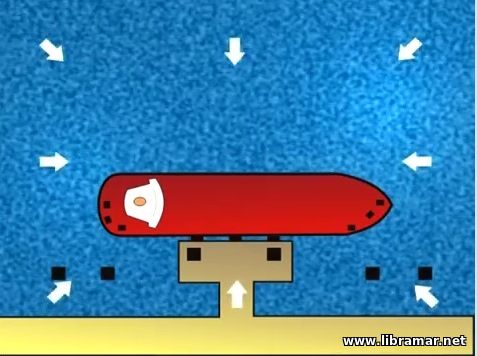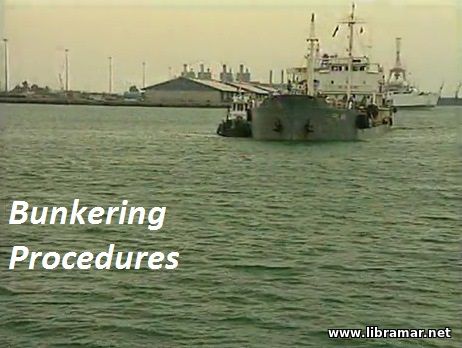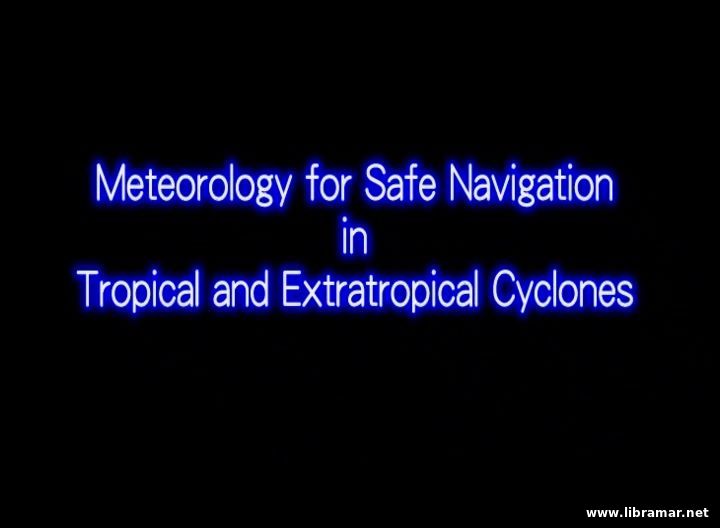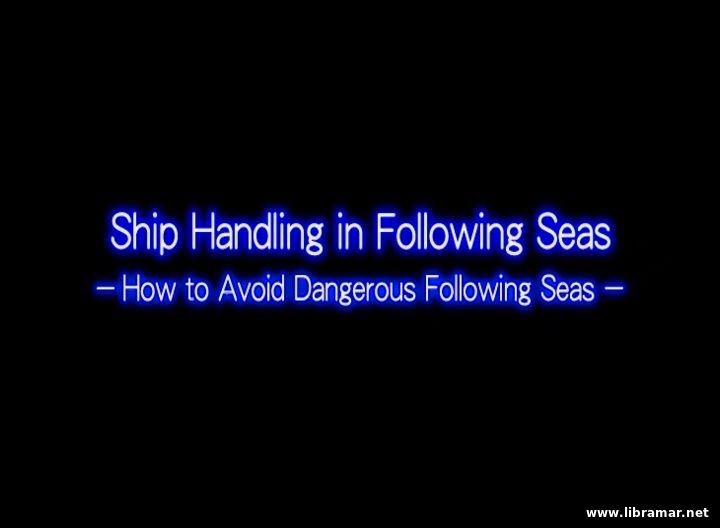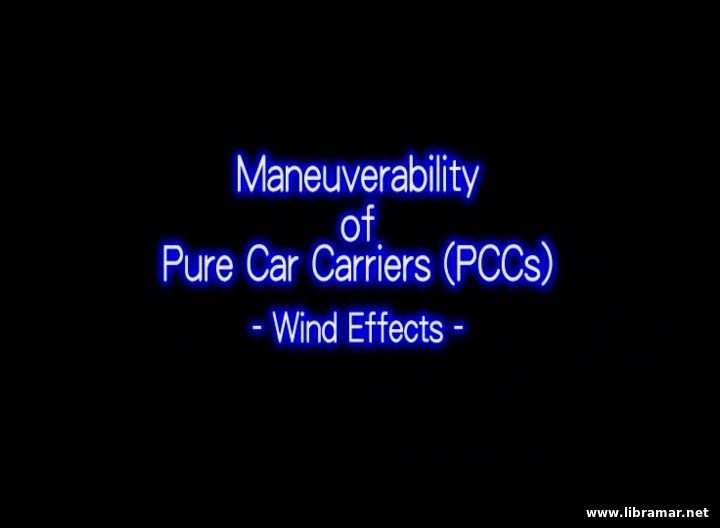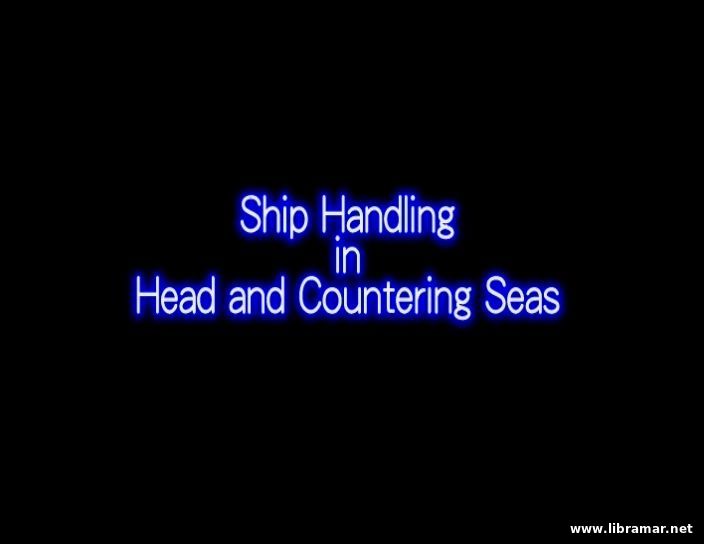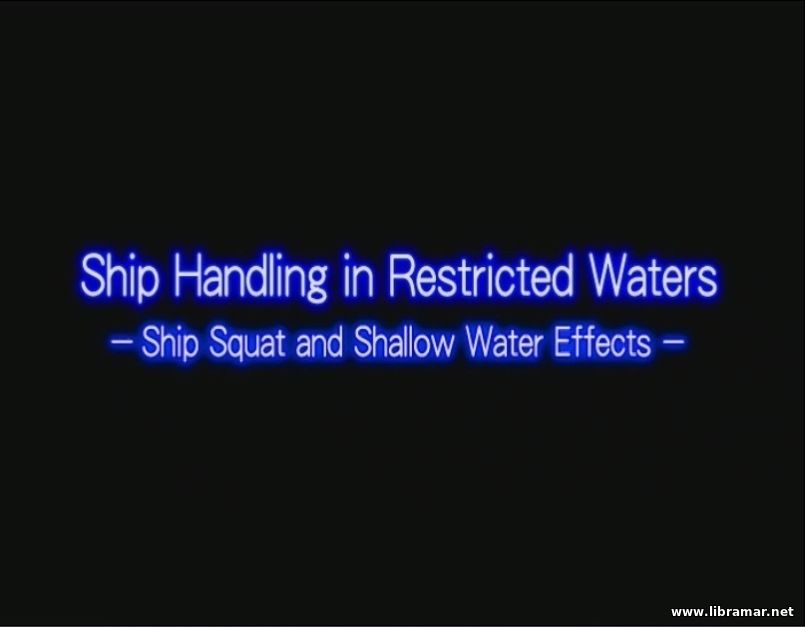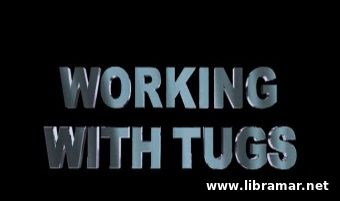
The deck of a tug boat is definitely not the easiest and safest place to work. There are strong winds and waves, harsh weather conditions and hard-to-use heavy equipment combined to make it even more difficult and sometimes even dangerous place. But the work that is done by the people working on deck of the tug is really invaluable.
In today's shipping market, the size of vessels is increasing much faster than the ports can actually accommodate. Harbor operations are becoming increasingly complex. Time pressures and increasing traffic are making ever greater demands on tugs. To meet the challenge, tug crews depend on the professionalism of the vessel's crews. Good teamwork between everyone involved in the towing operations is absolutely essential for the safe and efficient completion of the process...
This training film supplements the training booklet on working on tugs. We highly recommend all workers of the offshore industry engaged in the towing operations on either side, to have better understanding of the operations as well as of the risks and dangers that shall be expected and get duly prepared to complete all of the operations in the safest and most efficient manner.
